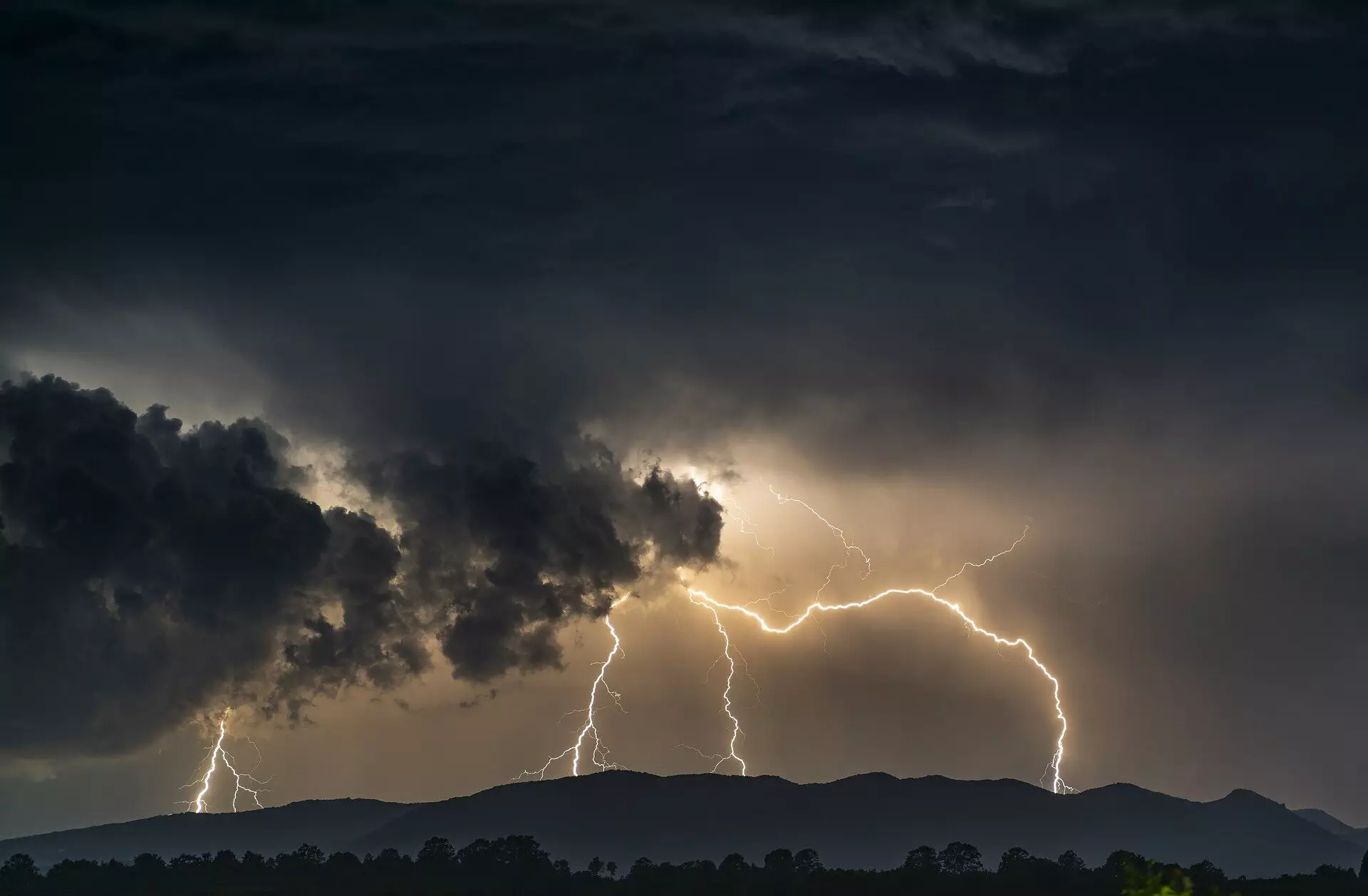Over the past thirty years, California has been grappling with a troubling reality: increasing post-wildfire erosion is wreaking havoc on the state’s ecological and water resources. Recent research from the U.S. Geological Survey (USGS) highlights a staggering ten-fold surge in hillside erosion following significant fire events, particularly in Northern California. This alarming trend presents numerous risks, including compromised water quality, threats to aquatic life, and diminishing reservoir capacities, all exacerbated by the ongoing specter of climate change.
The USGS study sheds light on the issue that has haunted both ecologists and water conservationists for decades, providing substantial data on how erosion patterns have evolved from 1984 to 2021 after wildfires larger than 25,000 acres. As wildfires become more prevalent and devastating, the consequences on surrounding landscapes continue to escalate, leaving communities on edge as they face heightened risks of flooding and sediment-related disasters.
The Aftermath of Fires: Erosion’s Harmful Effects
The ramifications of increased erosion are far-reaching. When heavy rains hit burned areas, they can lead to catastrophic debris flows that choke rivers and streams, critically diminishing oxygen levels essential for aquatic life. Additionally, the sediment that washes into reservoirs compromises their capacity and quality, thereby threatening the essential water supply that underpins California’s infrastructure. In a commentary by Glen Martin, a spokesperson for the California Water Impact Network, the warning is clear: “California’s reservoirs and fisheries are already stretched thin. Catastrophic fires could push them over the brink.”
This finding underscores how intertwined the challenges posed by climate change and wildfires have become. The relentless cycle is further complicated by the increasing frequency of intense rainfall, leading to what is termed “weather whiplash”—the sudden transition between extreme drought and heavy precipitation. These severe weather patterns amplify the dangers posed by erosion, putting pressure not only on natural ecosystems but also on human communities.
A noteworthy revelation in the USGS report indicates that over half (57%) of California’s post-fire erosion is occurring upstream of reservoirs. This finding points to a critical juncture in recognizing the escalating risks to water security in the state. As sediment erupts from wildfire-affected lands, the implications extend beyond just water quantity; they encompass water quality and the overall health of an already fragile ecosystem.
Helen Dow, the lead author of the study, articulated that California is witnessing a progressive crisis in which previous years chart a pattern of increasing post-fire sediment yield. Dow emphasized that this momentum of erosion necessitates urgent attention from both state and federal authorities, particularly in informing responses to public land management and fire prevention strategies.
While the research paints a grim picture of California’s eco-water landscape, it also serves as a clarion call for implementing effective mitigation strategies. Experts argue that enhanced fuel management can significantly reduce the devastating impacts of wildfires. This could include various interventions such as prescribed burns and mechanically thinning dense forests to lower the risk of fires reducing landscapes to lifeless ash.
California’s history of exposure to the catastrophic consequences of erosion and debris flows, such as the 2018 Montecito mudslides that claimed numerous lives and properties, stress the urgency for proactive measures. Future strategies should prioritize not only immediate fire management but also ongoing land conservation efforts to build resilience against such environmental challenges.
A Call for Comprehensive Action
Despite the disheartening trajectory of wildfire-related erosion, there remains hope for California’s water future through concerted action. Responding effectively to this crisis involves not only technical interventions but also decisive public will and financial investment. Glen Martin stresses that the time for action is now; waiting for circumstances to dictate the state’s response could lead to a compounding crisis scenario.
Efforts to address this pressing issue will have far-reaching implications for California’s ecology and its water resources. As communities contend with ongoing climate challenges, the urgency of preserving and enhancing vital natural resources through focused management cannot be overstated. Without timely intervention, the cycle of erosion and wildfire could redefine California’s landscapes and livelihoods, leading to irreversible ecological damage and exacerbating water scarcity in a state already plagued by severe drought conditions.
The research results serve not only as an urgent reminder of the challenges ahead but as a critical framework for navigating the intersection of climate resilience and community safety in California. With collective effort and strategic thought, a possibility exists to mitigate these diminishing resources and safeguard the future of California’s environment.


Leave a Reply